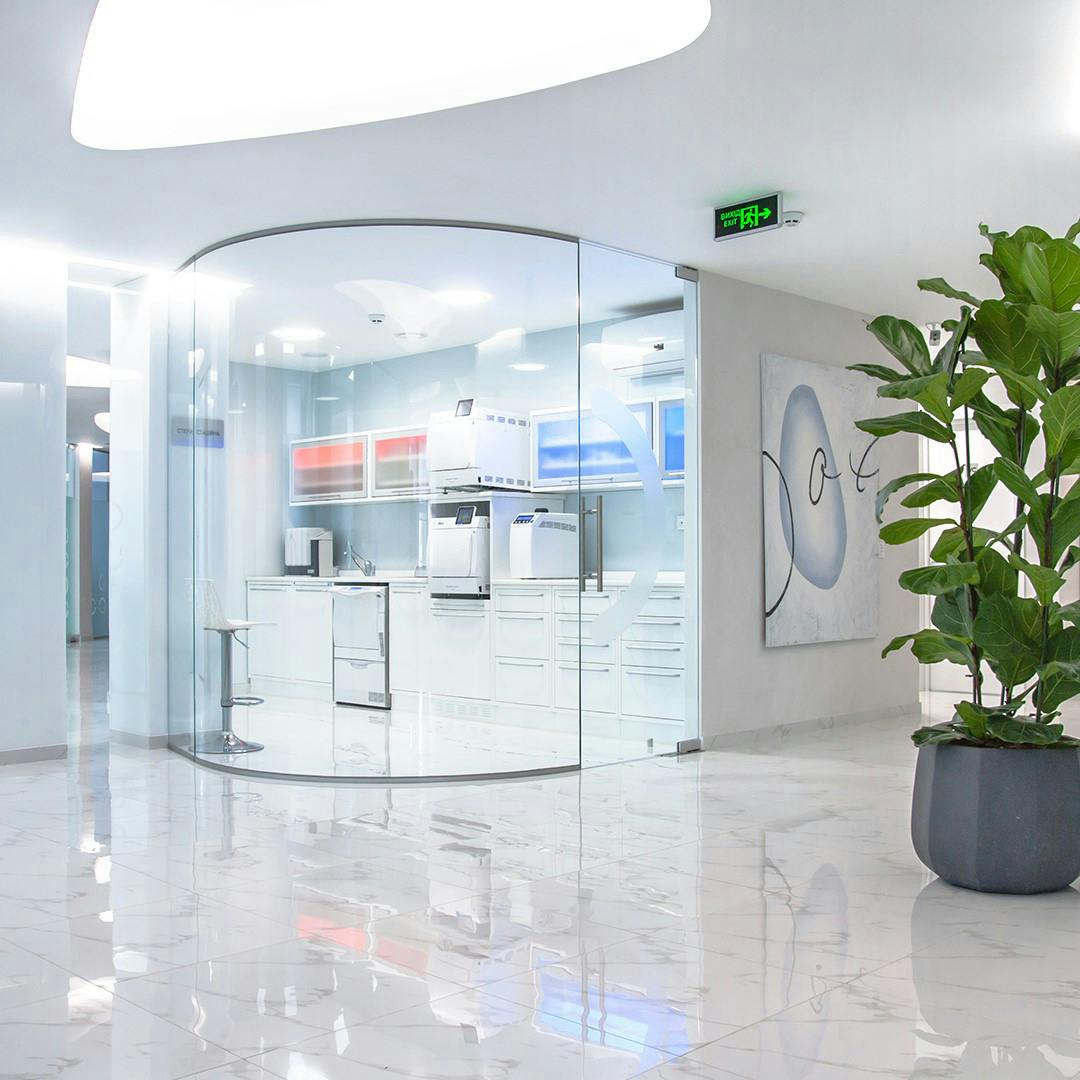Reprocessing unit for medical devices
Requirements and structure of a decontamination room
The reprocessing unit for medical devices plays a crucial role in the smooth running of a practice, as it ensures the supply of instruments. According to international guidelines, potentially infectious instruments should be reprocessed in a special decontamination room to prevent recontamination.

